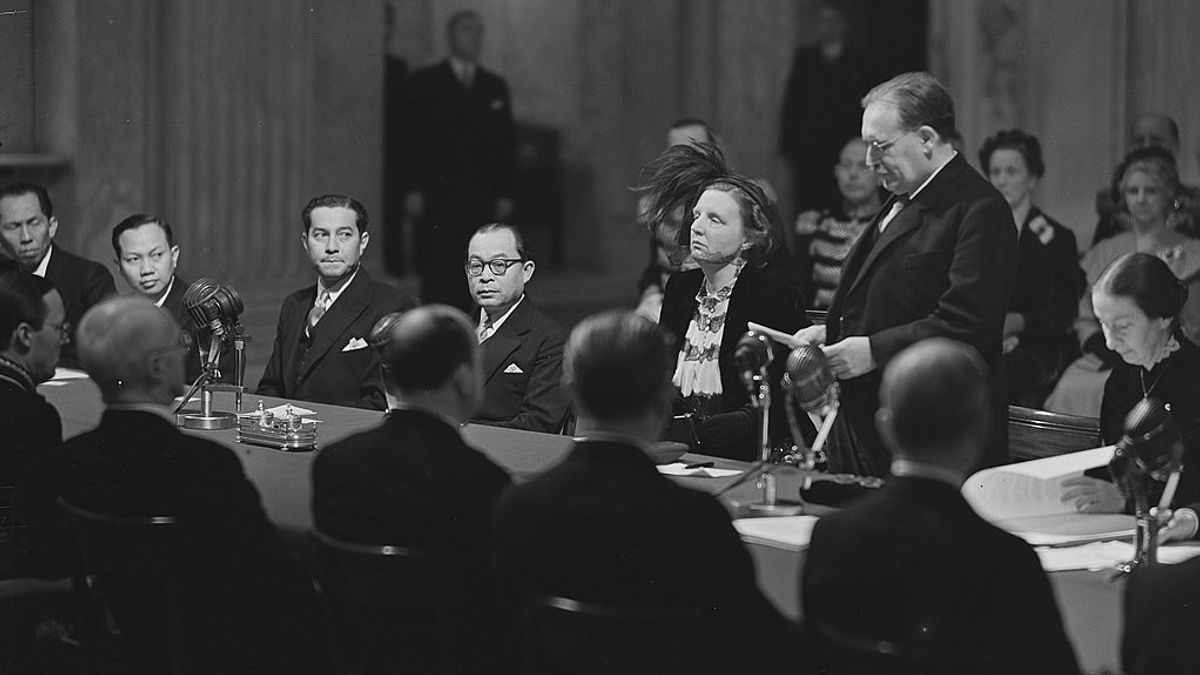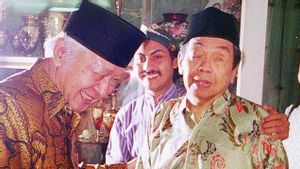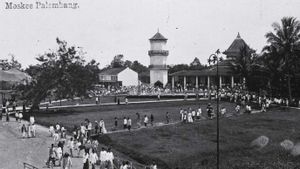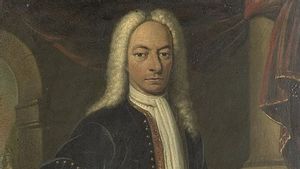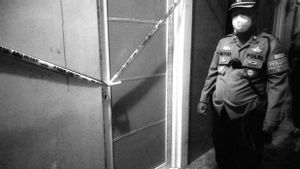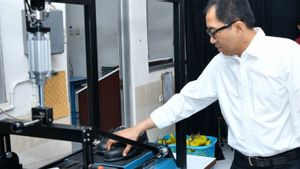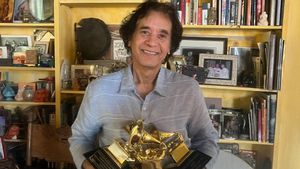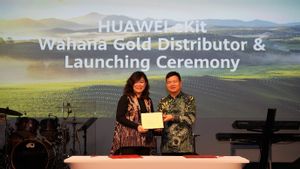JAKARTA - The Proclamation of Indonesian Independence Ceremony is the sacred ritual in the nation's history. Soekarno and Hatta represent all Indonesian people shouting the word independence. The Nusantara side greeted him with a big fanfare. Bung Karno, especially.
Big Brother was reluctant to attend the recognition of sovereignty at the Dam Palace or the Rijswijk Palace (now: State Palace). For him, Indonesia is already independent and does not need to transfer sovereignty. According to the motto of revolution: once independent, still independent.
Colonialism often brings misery and sadness. In the archipelago, let alone. The Dutch colonialists, then Japan appeared to take all kinds of Nusantara's natural wealth. Instead of just natural wealth, the natives were also blackmailed like dairy cows.
They were pressured to perpetuate a forced work. This misery made the anger of the bumiputras high. All kinds of struggles with various ideologies were raised. From nationalists, religions, to communists. From scholars, laborers, to educated. Ideology may be different, but the goal is still one: Indonesia is independent.
The summary of the struggle began to produce results when Japan began to colonize Indonesia. Independence fighters consider the Japanese colonialism the right momentum to perpetuate Indonesia's narrative of independence.
Japan also saw the stretch. The Land of the Rising Sun immediately took advantage of the momentum by promising independence. Instead of waiting for Japan to give independence, the fighters actually moved on their own.
The old and young groups were forced to gather. As a result, the two agreed that Indonesia would be independent on August 17, 1945. Soekarno and Mohammad Hatta were asked to be the leaders of the nation representing the Proclamation of Indonesian Independence. Even though the ceremony was simple.
I walked to the stolen loudspeaker from a Japanese radio station and briefly said the proclamation. My wife has made a flag from two pieces of cloth. A white cloth and a piece of red cloth. He sewed it with his hands. This is the first official flag from the republic. The flagpole is a long bamboo stick that was thrown into the ground a while before that. it was rough. And not so high."
No one has been assigned to fly the sacred Red and White flag. There was no preparation for that. And no one thought so far. Latif Hendraningrat, one of several attendees wearing uniforms, was near the post. Everyone waited tense as he picked up the flag, tied it to a rough and tangled rope, and waved it alone with pride for the first time in three and a half centuries, "explained Bung Karno as written by Cindy Adams in the bookBung Karno: Connecting the Tongue of the Indonesian People's Tongue (2014).
It may be that the Proclamation of Indonesian Independence ceremony takes place simply. However, this momentum in fact continues to remain in the sanubari of the nation's leaders. Bung Karno, especially. He felt the momentum of the Proclamation on August 17, 1945 as an unforgettable momentum in his life.
He and other freedom fighters have succeeded in bringing Indonesia independent. Bung Karno also reverberated once that independence remained independent. The narrative then became a motto for revolution. This means that whatever steps were taken by the Dutch colonialists, Indonesia will fight to the last drop of blood.
Sure enough. The Dutch colonizers felt that Indonesia had to be taken to be colonized again. They also took a British ally to surround the bumiputras. However, Bung Karno was not afraid of the arrival of the Dutch colonialists in clothes from the Dutch East Indies Civil Administration (NICA).
NICA's arrival became a trigger for Indonesia to take the path of war. Then, it also plays a diplomatic strategy. The diplomatic tensions carried out were in fact able to bring good news. Many countries are sympathetic to Indonesia.
The Round Table Conference in 1949 became the culmination. The celebration made the Dutch recognize Indonesia's sovereignty. The agreement to sign the transfer of sovereignty agreement is planned to be held in two places on 27 December 1949. Dam Palace in Amsterdam and the Rijswijk Palace in Jakarta.
However, Bung Karno's attitude is different from that of other national figures. He was not too enthusiastic about the moment of transfer of sovereignty. For him, Indonesia was already independent on August 17, 1945. It seems that he said: Once independent, it remains independent.
He did not feel the need for such ceremonial events. He did not care that the Dutch did not want to recognize Indonesia's independence on August 17, 1945. Even though the Dutch only recognized Indonesia's independence on August 17, 1945 in 2023.
"I answered because formally Bung Hatta as the Vice President and PM who led the Indonesian delegation in the KMB. Bung Karno thinks we are independent, what is the transfer of sovereignty for? For additional information for listeners, I asked Hatta, what is important in his life, what are the highlights of his career? Bung Hatta answered two things. "
First, I co-proclaimed independence on August 17, 1945. Second, I accepted the transfer of sovereignty. Hatta in his speech at the ceremony for the submission of sovereignty with a proud tone and loud voice emphasized that the Indonesian people had felt relieved by the disappearance of colonialism in Indonesia and with a new legal arrangement based on Pancasila," said Rosihan Anwar in the book Napak Tilas to the Netherlands: 60 Years of Travel for Journalists KMB 1949 (2010).
VOIR éGALEMENT:
The English, Chinese, Japanese, Arabic, and French versions are automatically generated by the AI. So there may still be inaccuracies in translating, please always see Indonesian as our main language. (system supported by DigitalSiber.id)
